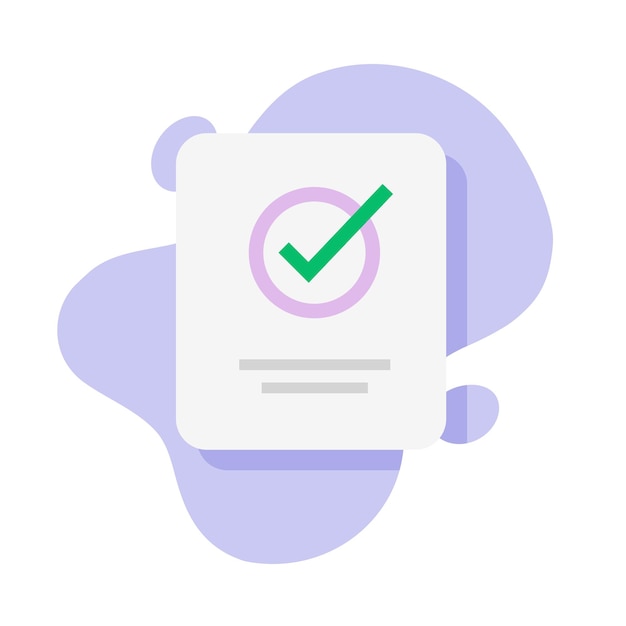
A check can be regarded as a written directive from an account owner to a bank, credit union, or savings institution, commanding them to release a specified amount of money, on demand, to a designated receiver or to whoever holds the check. This order draws on the funds that the account owner has in their checking account.
“On demand” implies that the financial institution, as per their agreement with the account owner, is obligated to honor the check unless there are insufficient funds in the account to cover it.
“To that person’s order” is a notation usually found at the beginning of the line on the front of a check where you write the payee’s name. This kind of instruction is one of the legal prerequisites that makes a document a check. The type of endorsement the payee writes on the back signifies their directives. If the payee merely autographs their name on the reverse, any individual in possession of the signed check has the legal right to cash or deposit it.
Your checks are typically personalized. They will display your name, address, financial institution name, and a check number. Including your phone number is also advisable as it helps the payees feel more at ease accepting your check.
Preprinted at the bottom of the check in a special magnetic ink are certain figures that can be decoded via magnetic ink character readers (MICR). From left to right, these include: the first number that identifies the financial institution, the second number which often corresponds to your account number, and the last is the check number which tallies with the number usually seen at the top right corner of the check.
Whenever you pay someone via check, your check embarks on a lengthy journey. If the payee resides outside of your local area, the following steps typically occur:
The payee endorses the check and either deposits or cashes it at their bank. The bank then credits the payee’s account. Later in the day, the bank processes the check along with all other checks received that day and deposits them at the local Federal Reserve branch to secure credit. This must be done by a fixed time each day, which is why many banks used to close at 2 pm.
Afterward, the Federal Reserve forwards the check to the branch closest to your bank. It then arrives at your bank or its check processing service provider. Your bank will then determine if there are sufficient funds in the account or through overdraft protection to honor the check. If the funds are available, the bank will deduct them from your account and transfer them to the Federal Reserve.
The MICR numbers at the base of the check facilitate the check’s smooth journey through this payment chain. Some individuals often wonder why their payee names are absent from their bank statements. The explanation is simple; MICRs only recognize institution details, account number, check number, and amount. Including payee names would only slow down the process, increase the cost, and lead to potential errors.


